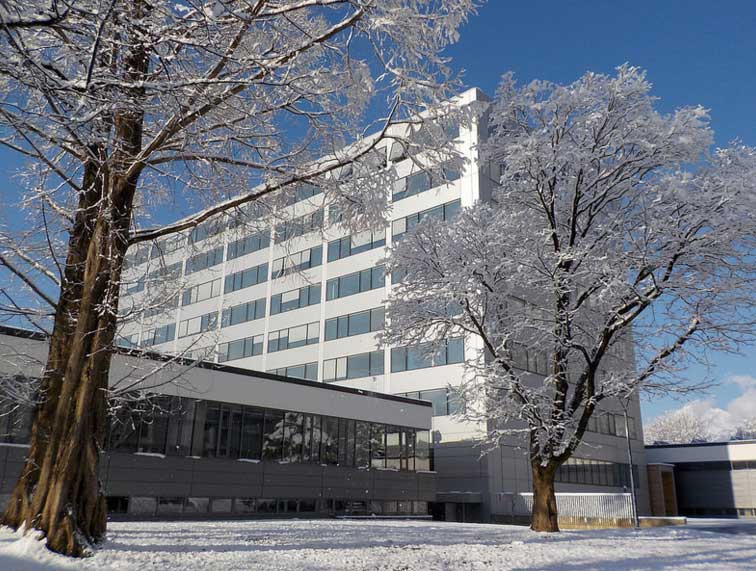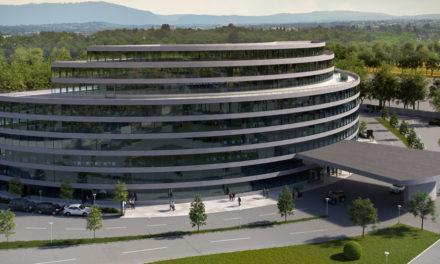The Passive House Institute (Darmstadt, Germany) announced the launch of a new e-learning program in the form of video-based modules available online.
“With a tablet at home or with a smartphone during the daily commute,” the institute said, the e-learning program is making basic passive house training more convenient. The modules can serve as an introduction for “laypersons” and as preparatory material for courses aimed at certification as a Passive House designer or consultant.
Direct link to e-learning program: Passive House e-learning.
Individual modules deal with general questions relating to heating demand and air quality, as well as with specific examples of planning for building services systems and the building envelope. Three introductory modules provide an initial overview of the range of topics.
Due to its modular concept, the e-learning program can be directly integrated into courses for professional designers, the institute said. Examinations can be taken at more than 70 training institutions in almost 30 countries worldwide.
For university students or other interested individuals, the e-learning program also offers a way to prepare for workshops or the International Passive House Conference, scheduled for April 22-23 in Darmstadt. Conference participants will receive a discount of 100 Euros on the full e-learning program.
As a supplement to the video material, various special activities will be offered at the conference, including a training model for planning an airtight and thermal bridge-free building envelope.
The Passive House
Passive Houses allow for space heating and cooling-related energy savings of up to 90 percent compared with typical building stock and more than 75 percent compared to average new builds, according to the Passive House Institute. Passive houses use less than 1.5 l of oil or 1.5 m3 of gas to heat one square meter of living space for a year—substantially less than common “low-energy buildings.” Substantial energy savings have been demonstrated in warm climates where typical buildings also require active cooling.
Passive Houses make efficient use of the sun, internal heat sources and heat recovery, rendering conventional heating systems unnecessary during even the coldest of winters, the institute says. During warmer months, Passive Houses make use of passive cooling techniques such as strategic shading to keep comfortably cool.




